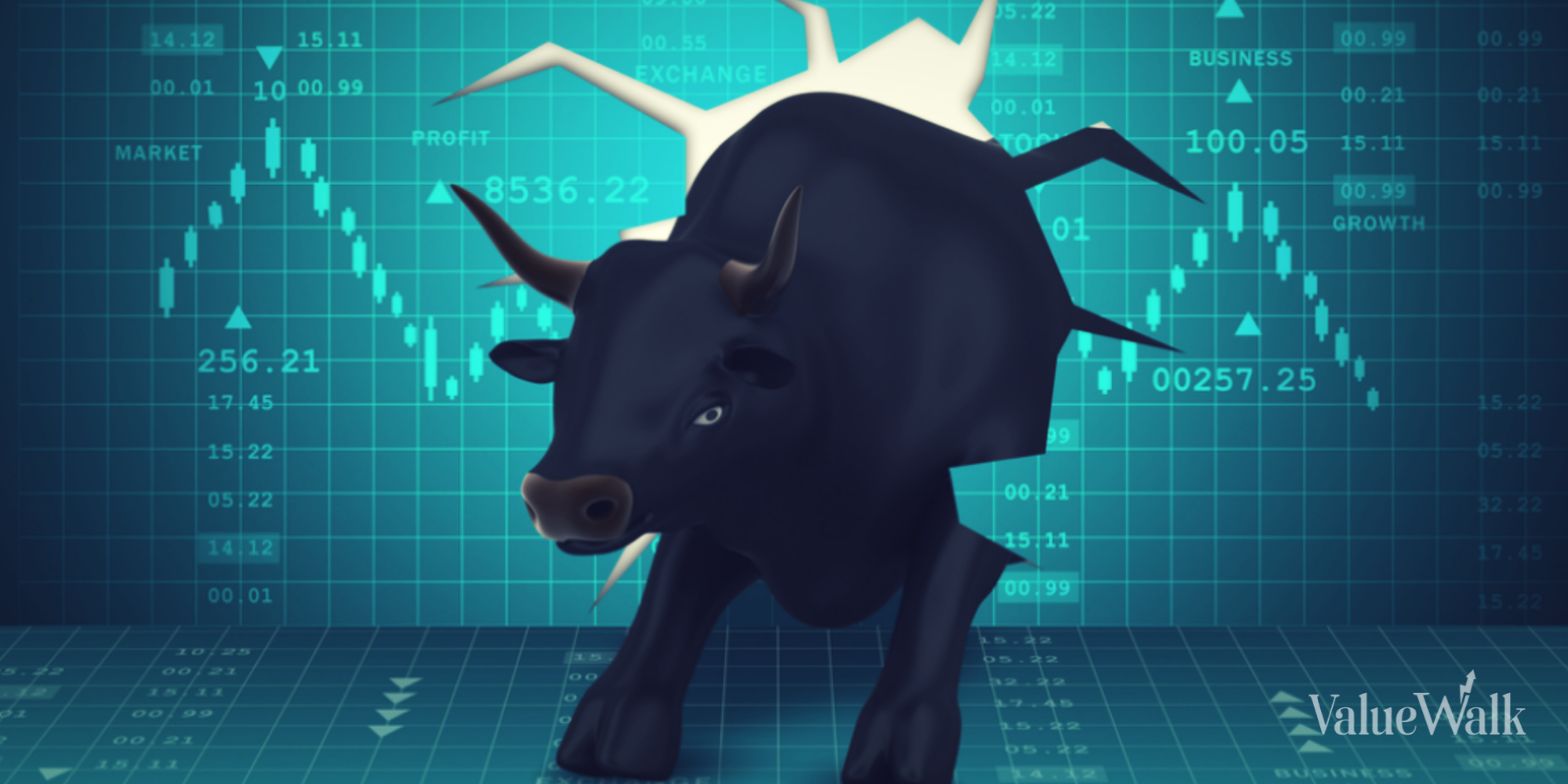I wrote last week about how statements discouraging market timing/price discipline are wealth destroyers. It would be impossible for the CAPE level ever to rise to the level where it resides today if most investors practiced market timing whenever the price of stocks got so high as to put their risk profile out of whack.
However, the penalty associated with high stock prices is not felt until the market crashes and the resulting loss of wealth brings on an economic crisis. We need some way to make it clear to investors how dangerous it is to let stock prices get gradually out of hand.
Q4 2022 hedge fund letters, conferences and more
Anti-Market Timing Statement
I suggested a metric in which we suggest that each statement discouraging market timing causes a loss of wealth of $10,000. The number is entirely made-up. But it does not seem to me that it is too terribly far off the mark. At the top of the bubble (January 2000), the market was overpriced to the tune of $12 trillion.
In the event that there were 3.2 billion anti-market-timing statements advanced over the preceding 10 years that caused prices to rise to those insane levels, each anti-timing statement would have been responsible for creating $10,000 worth of irrational exuberance.
The reality, of course, is that the actual number of statements discouraging market timing was much smaller than that. That means that each anti-market timing statement caused a loss of more than $10,000 in wealth.
That number amazes me. I am a big believer in the value of market timing/price discipline. But it is hard to accept that each statement discouraging market timing really causes that big of a loss in wealth. There is one sense in which it is not so. The wealth that is lost in a Buy-and-Hold Crisis is imaginary wealth.
Investors were pretending that their stock portfolio possessed a value greater than its real economic value. When the pretend wealth disappeared, it felt like a great loss of wealth. But the full reality is that the pretend wealth/irrational exuberance never existed in the first place. A price crash is just the market’s way of getting prices back to where they should have been all along.
It’s essentially a matter of semantics. If it helps investors appreciate the dangers of Buy-and-Hold strategies, I am fine with using the metric (although I also believe that it is a good idea to on occasion make note of the caveats to it that I am describing here). It’s important also to keep in mind that the total lost wealth experienced in a Buy-and-Hold Crisis is far larger than the dollar losses that so terrify the investors living through one.
Say that as investors we create $12 trillion of irrational exuberance in a long bull market and then watch it disappear in a price crash/economic crisis. That sounds bad. But is it really so terrible? Had there never been a bull market, we never would have experienced neither the phony gains nor the sudden loss of them. Skip both the exciting bull market and the scary price crash that inevitably followed it and we would have broken even. Isn’t that right?
Not quite.
The dollar values that appear on our portfolio statements send signals re all sorts of economic behavior. When the signals are wrong, the behavior is wrong. And making bad economic decisions causes financial losses.
Irrational Exuberance Destroys Wealth
The presence of irrational exuberance in our stock portfolio causes us to believe that we are closer to achieving our saving goals that is really the case. Which causes us to save less. When the irrational exuberance disappears into the mist, there is no way to get those years back. It is very difficult to engage in effective financial planning in a world in which market timing is looked down upon.
Businesses make decisions to expand based on the number of people who are purchasing their products or services. When irrational exuberance gets out of hand, people who cannot afford those products or services purchase them anyway because they believe they can. So the businesses make ill-advised expansion decisions. Which cause them to suffer financial losses.
Even policymakers make poor choices as a result of being misled by the pretend gains generated during bull markets. President Reagan’s tax cuts were widely credited with bringing on the economic good times of the 1980s. And it may be that the tax cuts helped. But do we really know how much? The CAPE value was at rock-bottom low levels early in Reagan’s term in office.
When stock prices are at rock-bottom lowe, there is only one direction in which they can move in coming years – up. Higher stock prices put lots of money into the pockets of consumers and the spending of that money brings on lots of economic good times. Who can say where the effect of tax cuts ends and the effect of rising stock prices begins?
Irrational exuberance destroys wealth in a multitude of different ways. All investors should think of it as the enemy. When we come to hate irrational exuberance as much as we should, we will all come to see market timing as an investor’s best friend.
Rob’s bio is here.






